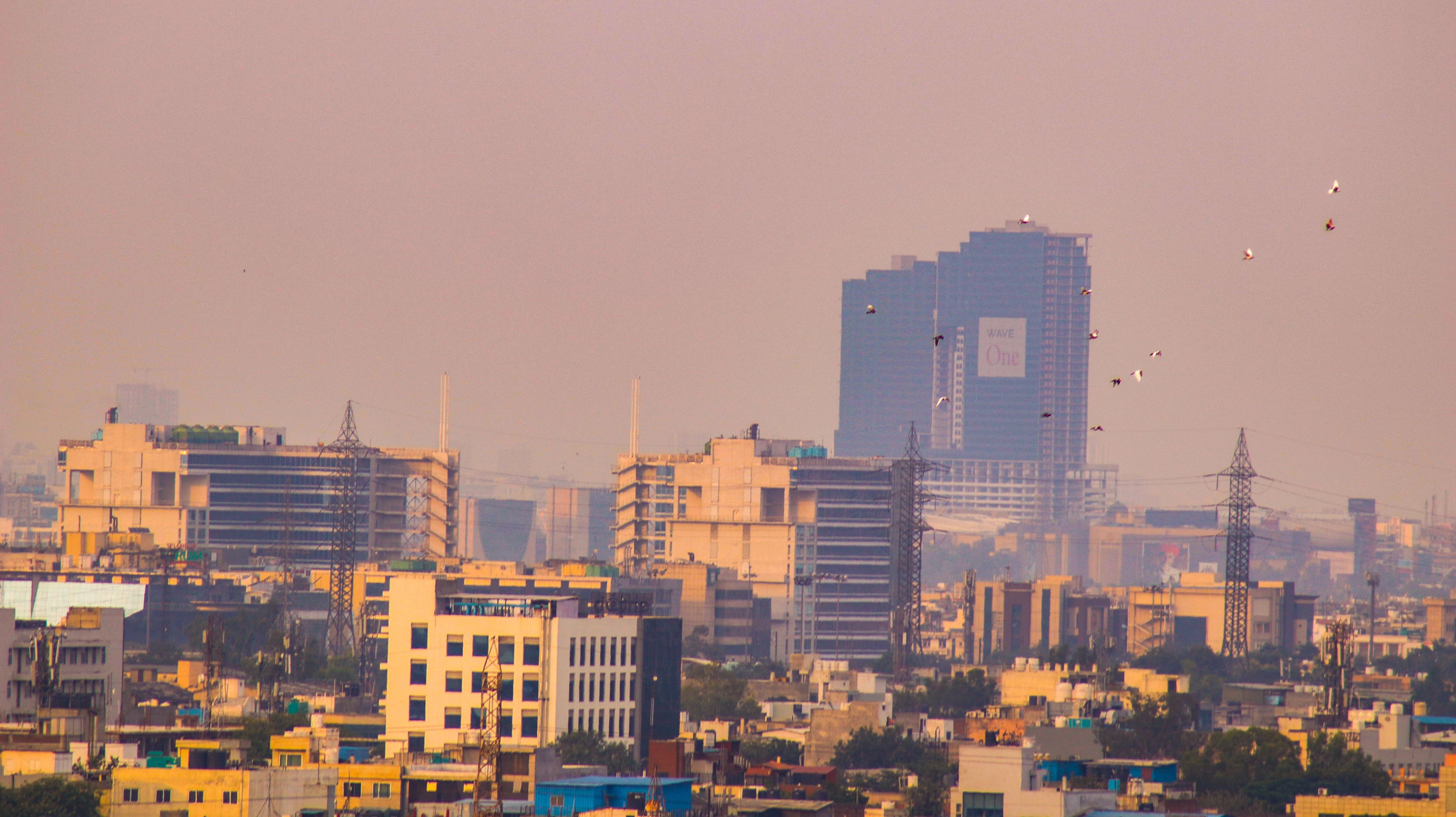Killer heatwaves endanger India's development
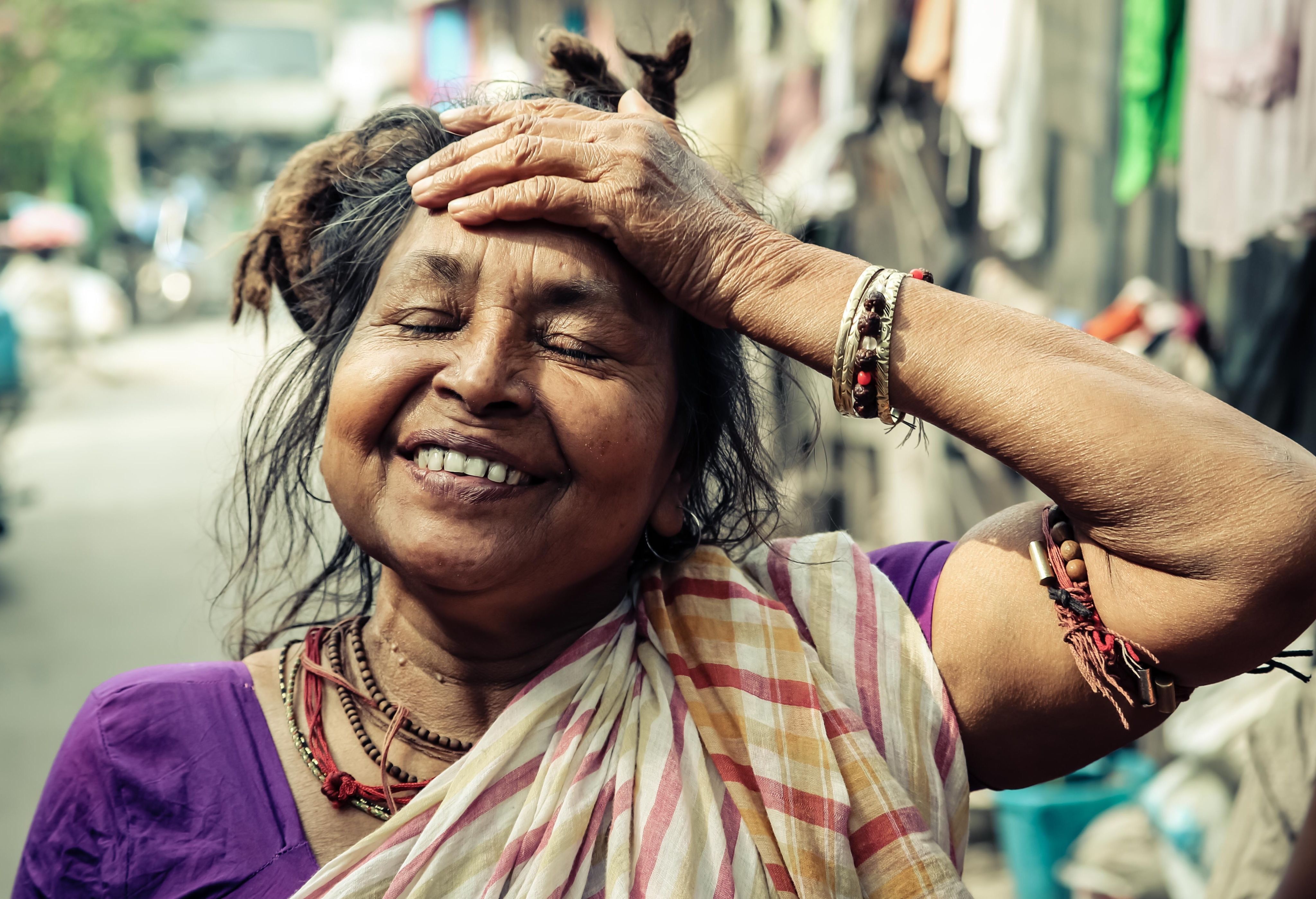
Heatwaves could slow or reverse India’s progress towards Sustainable Development Goals (SDGs) without heat impact assessments
Deadly heatwaves fuelled by climate change in 2022 made almost 90 percent of Indians more vulnerable to public health issues, food shortages and increased risks of death, a new study from researchers at the University of Cambridge reported in the PLOS Climate journal.
India currently uses a national Climate Vulnerability Indicator (CVI) to measure climate vulnerability and make plans for adaptation.
The CVI includes many different socioeconomic, biophysical, institutional, and infrastructural factors. But it doesn't have a physical risk indicator for heatwaves, which is a key missing factor that would help policymakers consider how extreme heat actually impacts the Indian population.
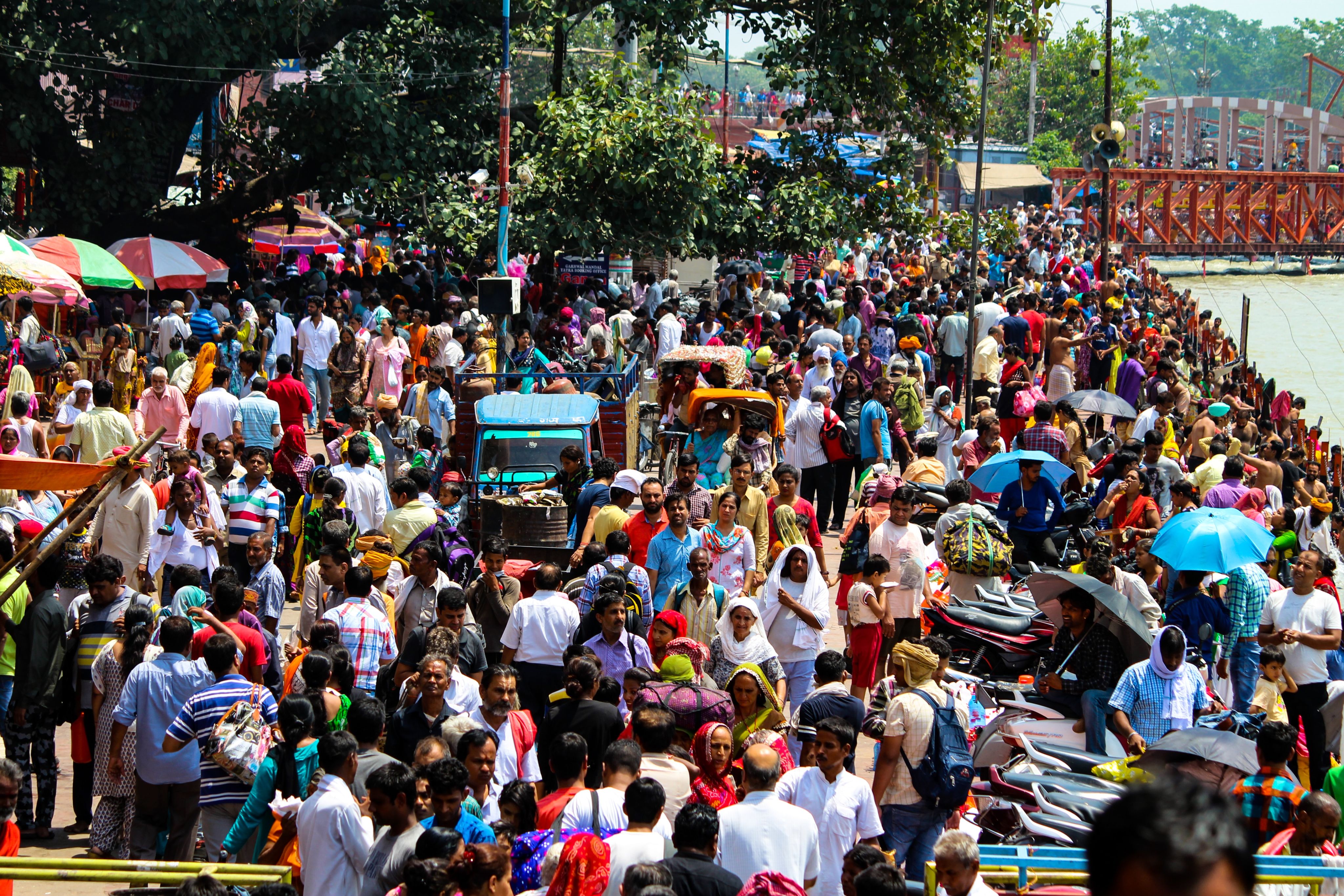
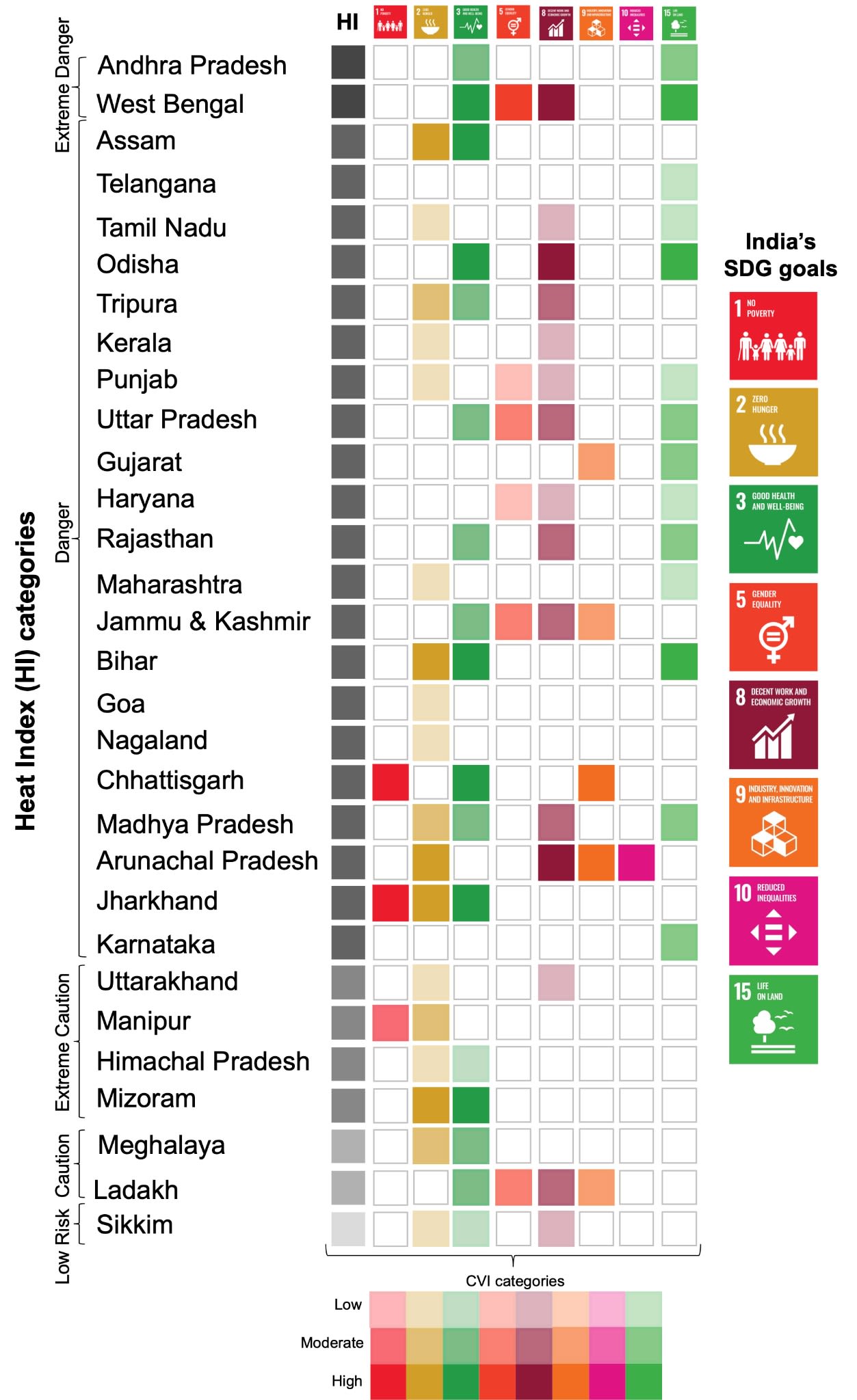
The new study is the first to include a “heat index” to measure the recurring impacts of Indian heatwaves on the country’s population. The index measures how hot the human body feels relative to the surrounding conditions when humidity and air temperature are added together.
The study suggests that the CVI underestimates the main risks and threats of heatwaves to the Indian population because it does not include any kind of heat stress measure. This missing element also makes it harder to identify areas of the country, like Delhi and other large urban areas that are most vulnerable.
“So, we could figure out how extreme heat really affects people and in which parts of the country,” said first author Dr Ramit Debnath, Cambridge Zero Fellow at the University of Cambridge. “A heat stress measure which identifies the impacts and the parts of India where the population is most vulnerable to recurring heatwaves would help to make state Heat Action Plans being created across India more effective.”
Some of those unidentified areas at the intersection of climate extremes and non-climate, structural and social-economic factors (shown by SDGs) may also be at risk of increased vulnerability to the impacts of extreme heat.
Researchers used publicly available data on state-level climate vulnerability indicators from the Indian Government’s National Data & Analytics Platform to classify severity categories. They then compared India’s progress on its SDGs over 20 years (2001-2021) with extreme weather-related deaths during the 20-year period from 2001-2021.
Results showed that India's global ranking according to the United Nations Sustainable Development Group has gone down in the last 20 years because it hasn't met the goals for 11 of the 17 UN Sustainable Development Goals, all of which were very important for SDG 13 (Climate Action).
Previous studies have shown that India’s frequent heatwaves are a growing burden on its economy and public health resources. Long-term predictions show that the heatwaves will affect more than 300 million people by 2050 and lower the quality of life for almost 600 million Indians by 2100. But there has not been enough focus on their short-term effects and the plans for dealing with heatwaves.
The study also found that not having a physical risk measure for heatwaves can slow progress in SDG 2 (Zero Hunger), SDG 3 (Good Health and Well-Being), SDG 5 (Gender Equality), SDG 8 (Decent Work and Economic Growth), SDG 9 (Industry, Innovation and Infrastructure), SDG 10 (Reduced Inequalities), and SDG 15 (Life on Land).
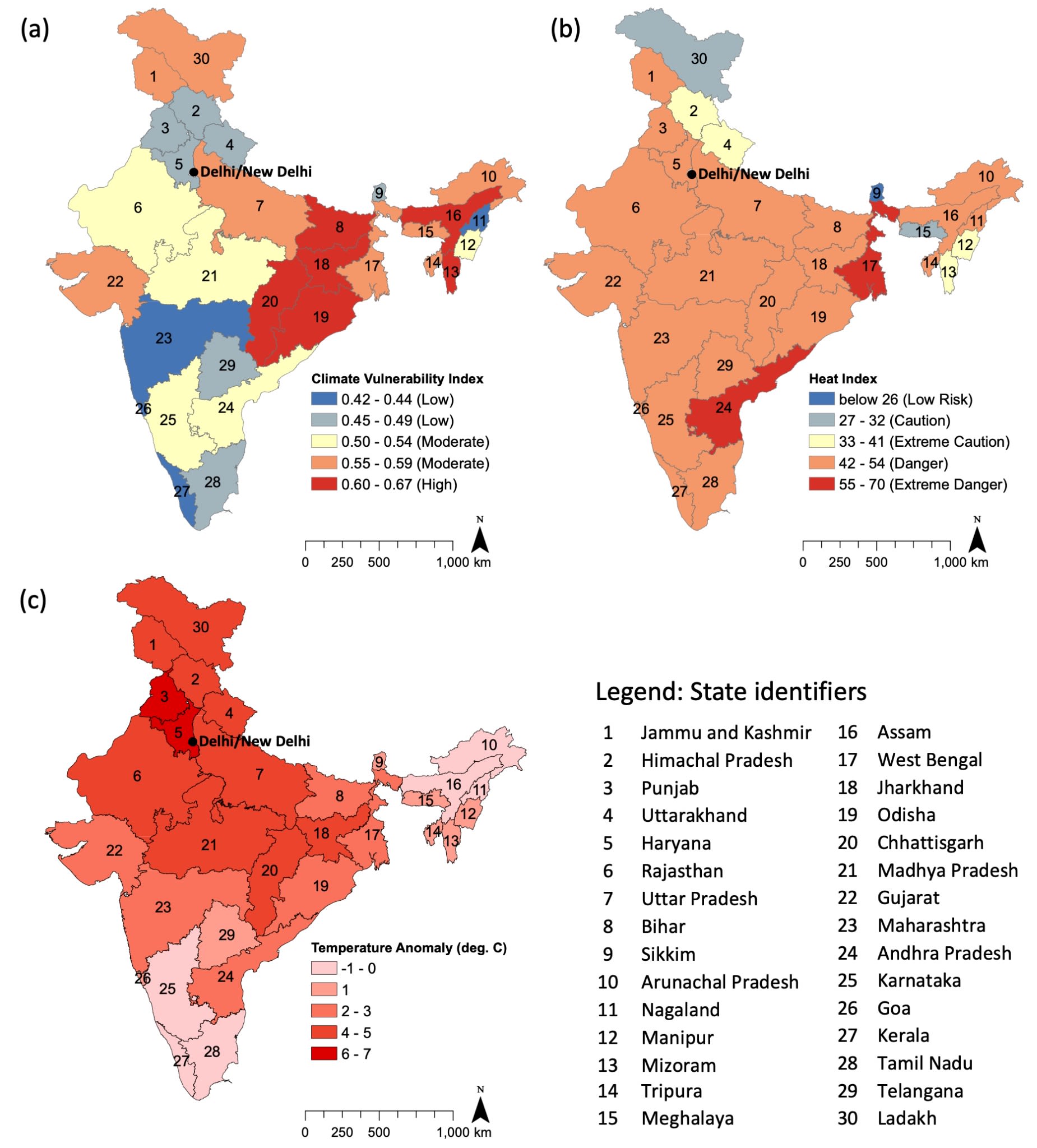
On a smaller scale, a case study of urban sustainability by the researchers found that residents of Delhi endured some of the most difficult conditions, with almost all of the National Capital Region (NCR) hitting danger levels on the index during a heatwave.
Co-author Dr Ronita Bardhan, Associate Professor of Sustainable Built Environment at University of Cambridge said: “Delhi’s heat vulnerability will exaggerate indoor overheating especially for those people in affordable housing who have fewer resources to cool themselves.
“Social cooling practices need to be understood to mitigate and adapt to heat-related health and energy burdens.”
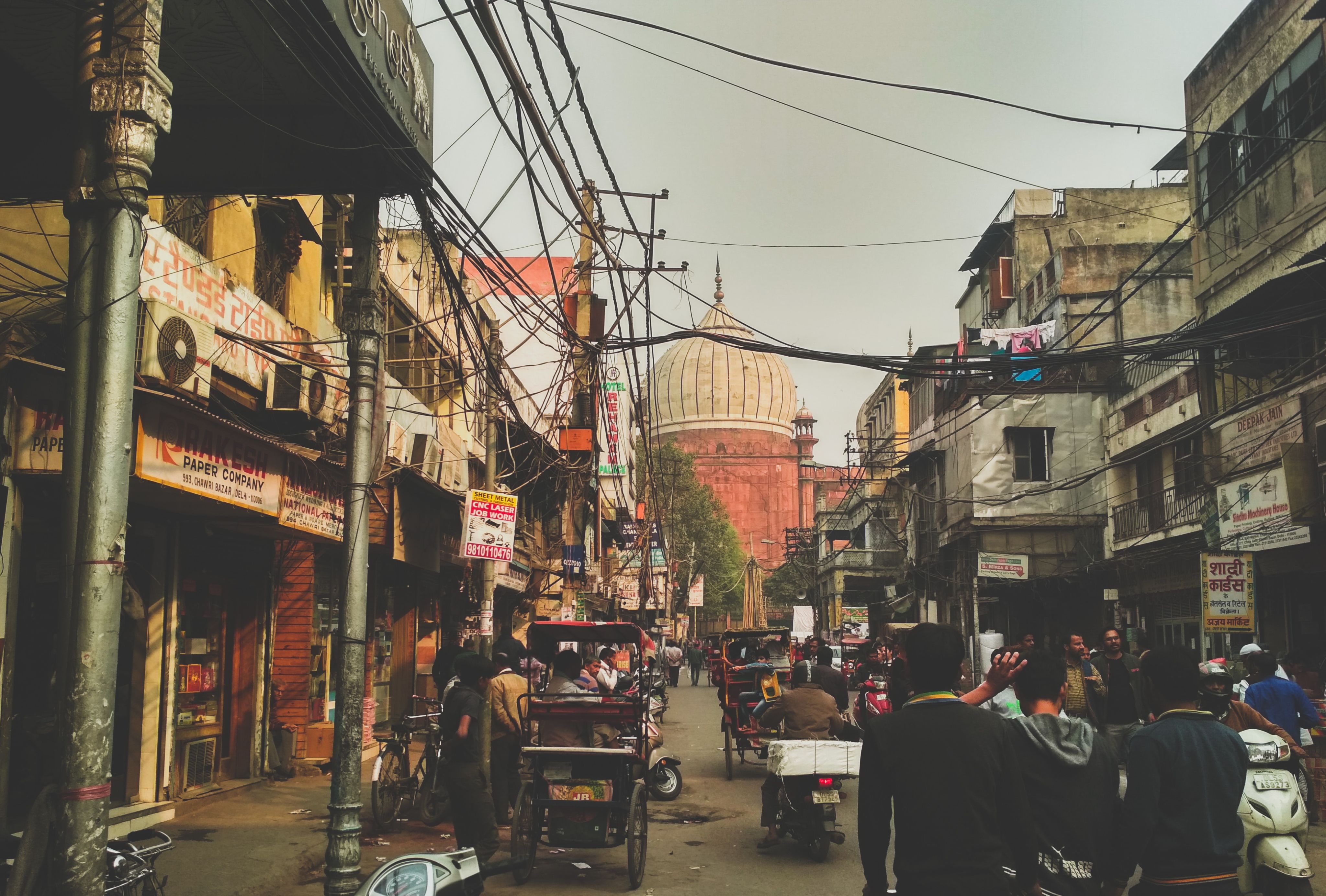
Suggested Solutions
- Improving Measurement: Policy action is needed to improve assessment of the multi-dimensional nature of climate vulnerability and how climate events affect SDGs.
- Prevent overheating in low-income housing: This is a critical policy measure from an urban sustainability viewpoint that can promote resilient methods of mitigation and adaptation in cities like Delhi that are particularly vulnerable to heatwaves.
- Build Partnerships: Building heatwave resilience would require strengthening partnerships with neighbouring countries on the Indian subcontinent.
- International lessons: Learn from heatwave preparedness leaders like Australia, the U.S., the UK, and EU to create holistic heatwave plans.
This research was supported in part by the Bill and Melinda Gates Foundation, the Quadrature Climate Foundation, the Laudes Foundation, the Keynes Fund and the Africa Alborado Grant.
Reference:
Debnath, R., Bardhan, R., and Bell, M.L., (2023) Lethal heatwaves are challenging India’s sustainable development, PLOS Climate, DOI:10.1371/journal.pclm.0000156 https://journals.plos.org/climate/article?id=10.1371/journal.pclm.0000156
